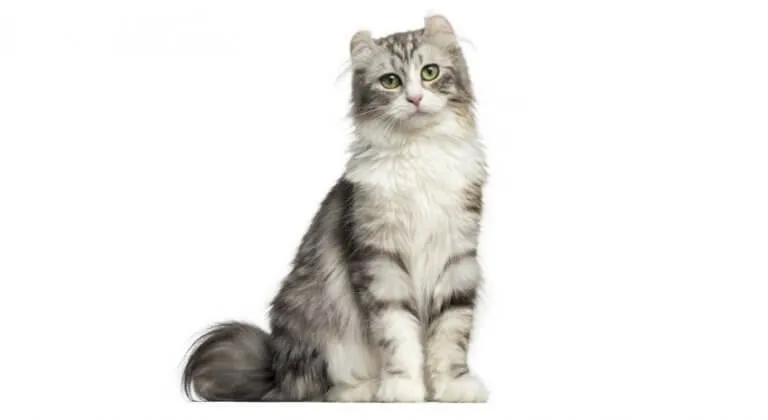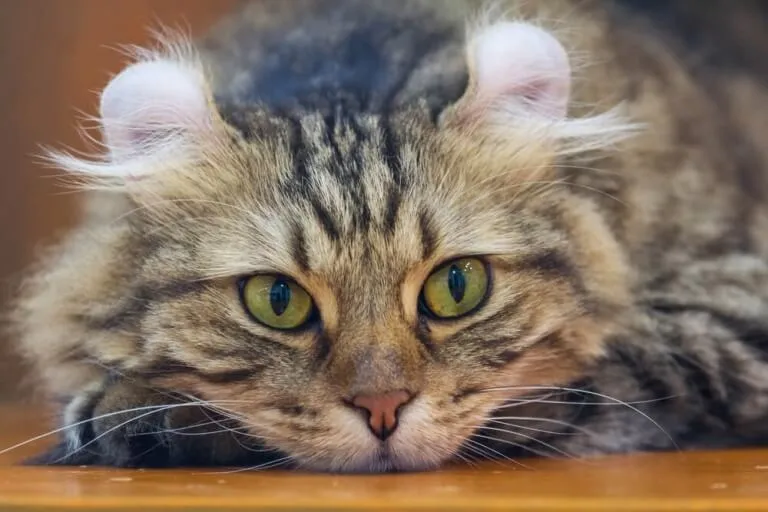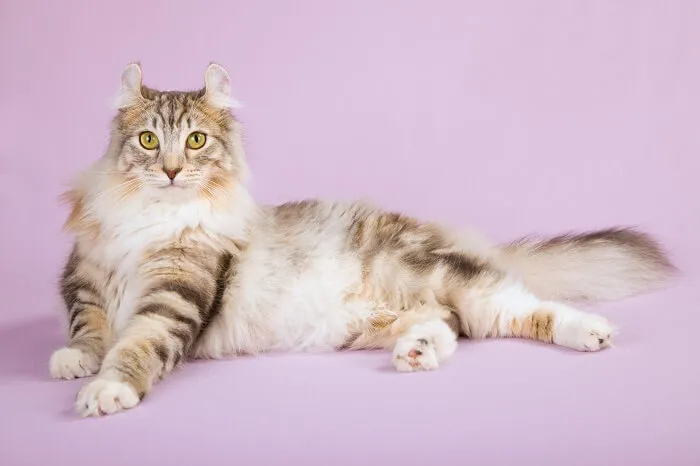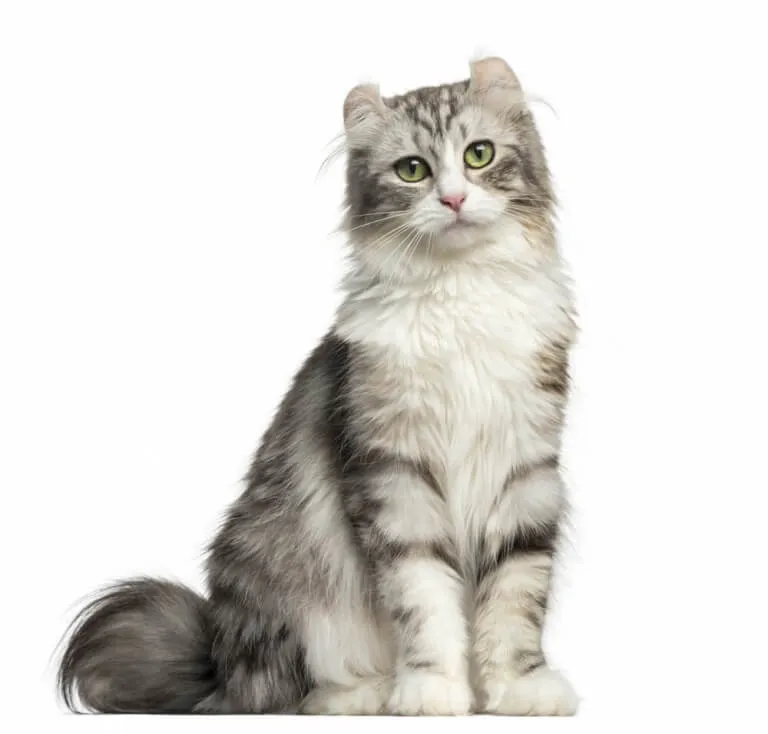The American Curl cat stands out with its remarkable backward-curling ears, earning it the nickname “Peter Pan of the cat world” for its youthful, playful spirit. If you’re considering adding one of these affectionate felines to your family, understanding their characteristics, temperament, and care needs is essential. Originating from the United States, the American Curl cat combines striking appearance with a friendly personality, making it ideal for households with children and other pets.
These cats thrive on social interaction and often greet owners at the door, following them room to room. Unlike more independent breeds, American Curls crave companionship, blending curiosity and intelligence into daily adventures. For those interested in similar elegant breeds, check out the colorpoint ragdoll.
 American Curl
American Curl
Personality and Temperament
American Curl cats are exceptionally sociable, scoring high in affection, sociability, and pet-friendliness. They rate around 100% for affection level, enjoying laps, pets, and play sessions. Their playful nature (60% playfulness) shines through in games like fetch, where they retrieve toys with ease. Intelligent (70%) and curious, they love exploring but remain gentle with kids (80% kid-friendly) and other animals (90% pet-friendly).
Unlike the Scottish Fold, which has folded ears due to different genetics, the American Curl’s curl comes from a dominant gene causing no health issues. They vocalize moderately (40%) and adapt well to family life, retaining kitten-like behaviors into adulthood. Owners report strong bonds, with these cats inserting themselves into every activity—from TV watching to cooking.
Their independence is moderate (50%), so they handle alone time but prefer company. Activity levels suit apartments (60%), though they appreciate climbing spots.
 About the American Curl Cat
About the American Curl Cat
Physical Characteristics and Breed Standards
The American Curl cat boasts a sleek, elegant body: females weigh 5-8 pounds, males 7-10 pounds, standing 8-10 inches tall. The head forms a modified wedge, longer than wide, with a straight nose profile curving gently to the forehead. Walnut-shaped eyes sit at a slight angle, one eye-width apart.
Signature ears curl 90-180 degrees backward, wider at the base with rounded, flexible tips and desirable furnishings. Born straight, they curl within 3-5 days, finalizing by 16 weeks. Legs are medium-length with rounded paws; the tail matches body length, tapering from a wide base.
Coats come in short or long varieties, all colors and patterns accepted, with silky texture and minimal undercoat. Nose leather and paw pads match coat colors. Show cats feature pronounced curls; pets have milder ones.
 American Curl Cat Care
American Curl Cat Care
Care Essentials for American Curl Cats
Nutrition
As obligate carnivores, American Curl cats need a high-quality, meat-based diet. Feed AAFCO-approved formulas rich in animal proteins, tailored to life stage—kittens require growth formulas, adults maintenance, seniors joint-support options. Portion control prevents obesity; consult vets for personalized plans. Avoid fillers like corn or grains; wet food aids hydration.
Grooming
Low-maintenance (50% grooming needs), their soft coats shed minimally. Brush shorthairs weekly, longhairs 2-3 times to distribute oils. Trim nails biweekly, clean ears gently due to fragile cartilage—use vet-approved solutions, watching for infections like redness or odor. Dental care via brushing or treats prevents issues.
Exercise and Enrichment
Playful American Curls love interactive toys, fetch, and laser pointers. Provide cat trees, window perches, and scratching posts to satisfy climbing and scratching instincts. Daily 15-20 minute sessions keep them fit; puzzle feeders engage their smarts. They bond deeply, so family play builds trust.
Special ear care is key: clean wax softly, avoiding pressure on thin upper cartilage. Regular vet checks ensure health.
 American Curl Cat History
American Curl Cat History
Health and Lifespan
Generally robust, American Curls live 11-15 years. No breed-specific diseases link to the curl gene, confirmed by geneticist Roy Robinson’s early studies. Monitor for common feline issues: dental disease, obesity, or hypertrophic cardiomyopathy. Annual vet exams, vaccinations, and parasite prevention are vital.
Spay/neuter around 6 months supports health. Their stable cartilage minimizes ear problems, but vigilance prevents mites or allergies.
For unique coat patterns in sociable breeds, explore the tortie point siamese.
History of the American Curl Cat
The breed traces to Shulamith, a stray black longhair found in Lakewood, California, in 1981. Her 1981 litter featured curled-eared kittens, sparking breeding in 1983. The autosomal dominant curl gene proved healthy across crosses, earning recognition for appearance, temperament, and vitality.
TICA accepted them in 1987; CFA in 1993 (championship 2003, longhairs 2004). Today, they’re cherished for kittenish charm.
 About the American Curl Cat
About the American Curl Cat
Where to Find an American Curl Cat
Adopt first—check shelters via Petfinder, as mixes may resemble purebreds. Reputable breeders charge $1,000-$2,000; verify health testing (HCM, PKD-free lines). Avoid unverified sources to prevent health risks.
Frequently Asked Questions
How much does an American Curl cat cost?
$1,000-$2,000 from breeders.
How big do American Curl cats get?
5-10 pounds, 8-10 inches tall.
How long do American Curl cats live?
11-15 years on average.
Do American Curl cats shed a lot?
Minimal shedding due to short-to-medium coats.
In summary, the American Curl cat offers unique ears, endless playfulness, and loving companionship with straightforward care. Prioritize quality nutrition, gentle grooming, and enrichment for a happy, healthy life. Consult veterinarians for tailored advice, and explore adoption to welcome one home. Discover more breed guides for your perfect feline match!
References:
- Cats.com breed profiles
- The International Cat Association (TICA) standards
- Cat Fanciers’ Association (CFA) guidelines
